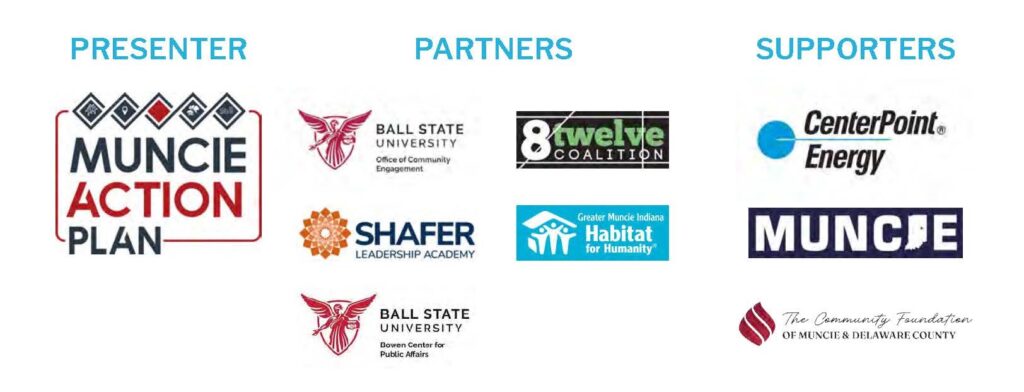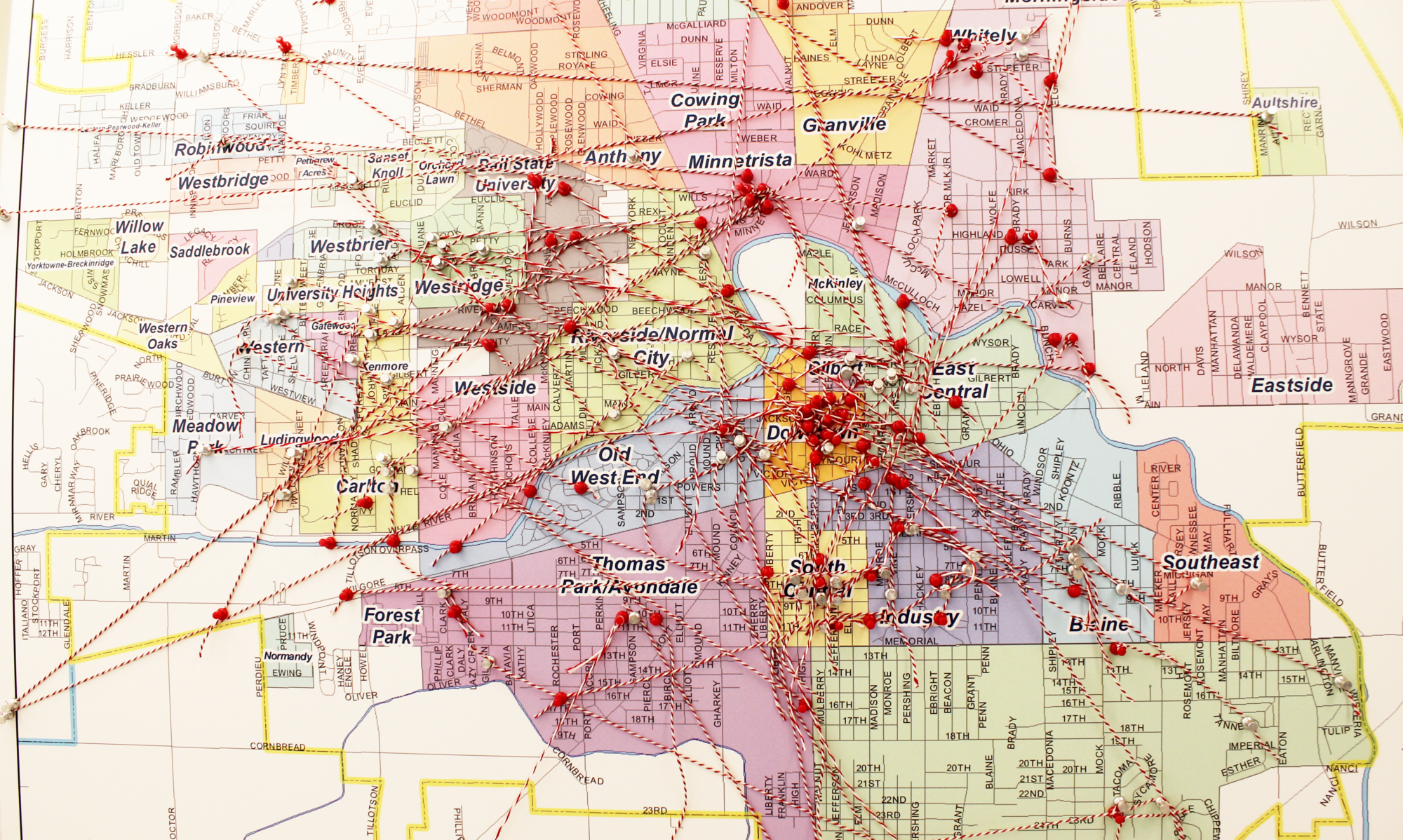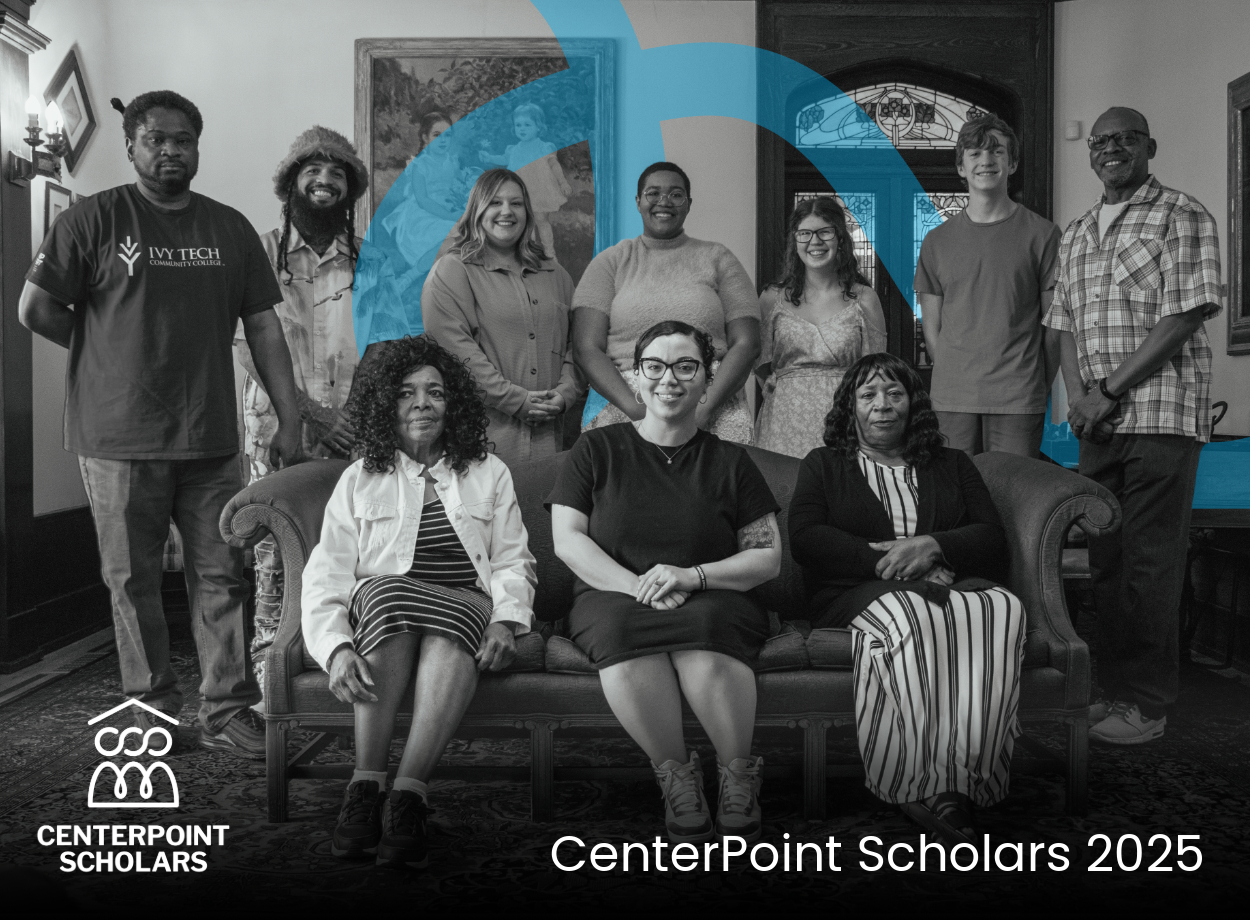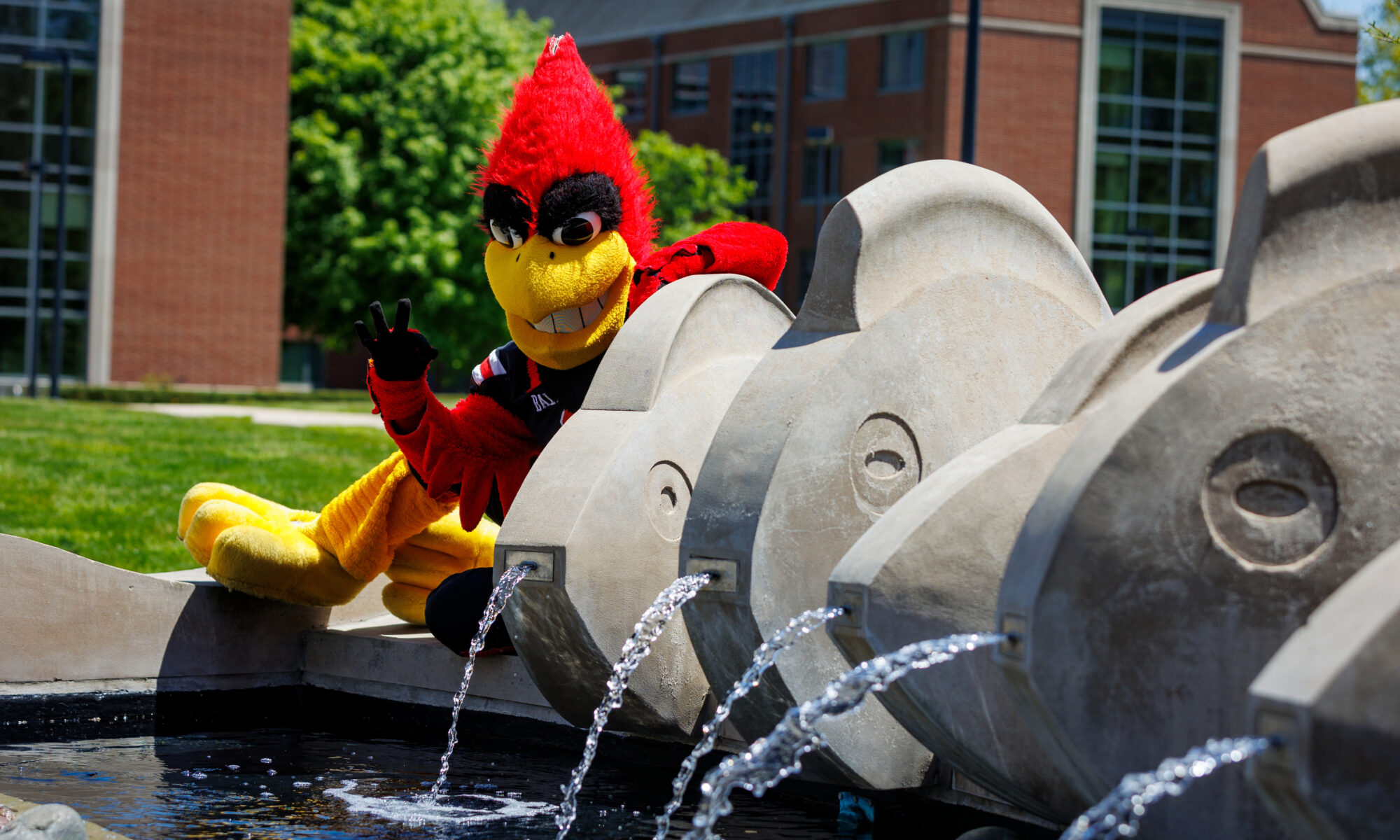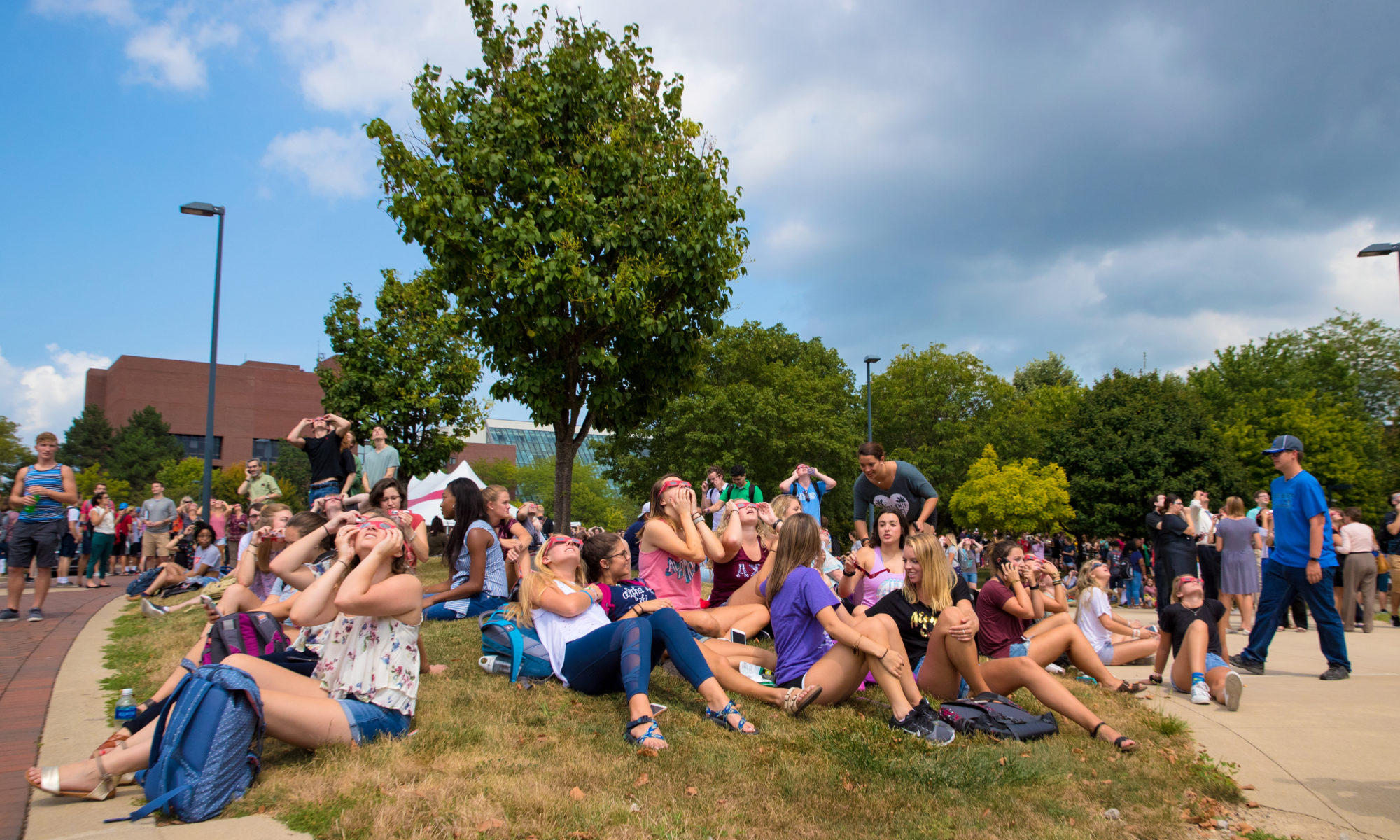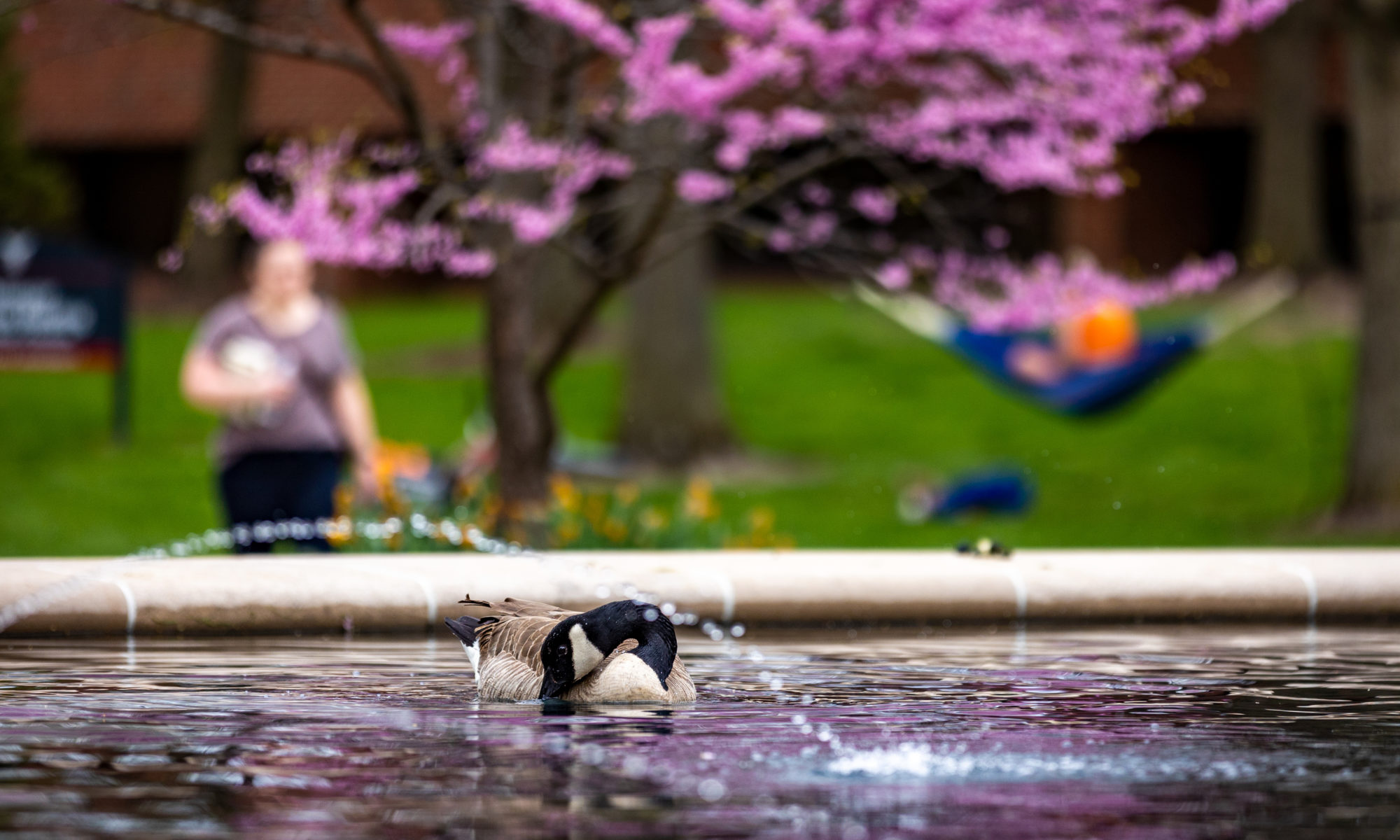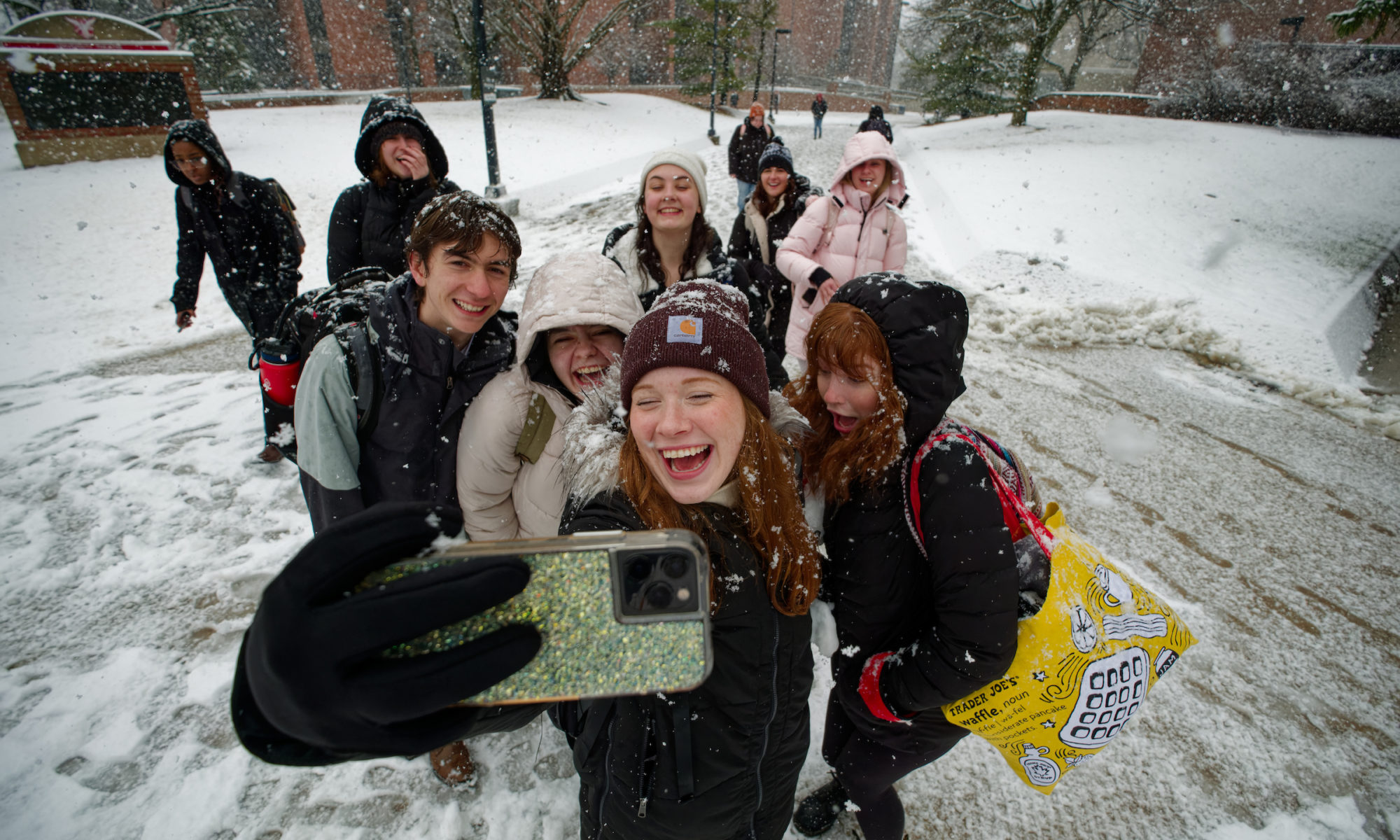MAP has been providing neighborhood leadership skill development since 2010 through the Neighborhood Leadership Council. In October 2023, MAP received a generous grant from CenterPoint Energy to create a new program to train ten individuals in grassroots advocacy. The program began with a competitive application process in January 2024 and an announcement of Scholars at the March 2024 IDEA Conference.
The CenterPoint Scholars attended a weekend retreat at Hueston Woods in April to set the framework for the year-long program and to build connections between participants. Scholars are participating in monthly trainings (Mar. 2024 – Mar. 2025) on topics that include project management, conflict resolution, and trust building while working towards the completion of projects that will positively impact our city’s neighborhoods.
The 2024-2025 CenterPoint Scholars are Alexis Dishman (Western Woods), Bernice Graham (Whitely), Christah Brantley (McKinley), Gracie Scholl (Thomas Park/Avondale), Judah Smith (Halteman Village), Marquiese McClendon (Southside), Napoleon Price Jr. (South Central), Patricia Akins (Industry), Rheaunna Jones (Carlton), and William Thomas (Thomas Park/Avondale).
